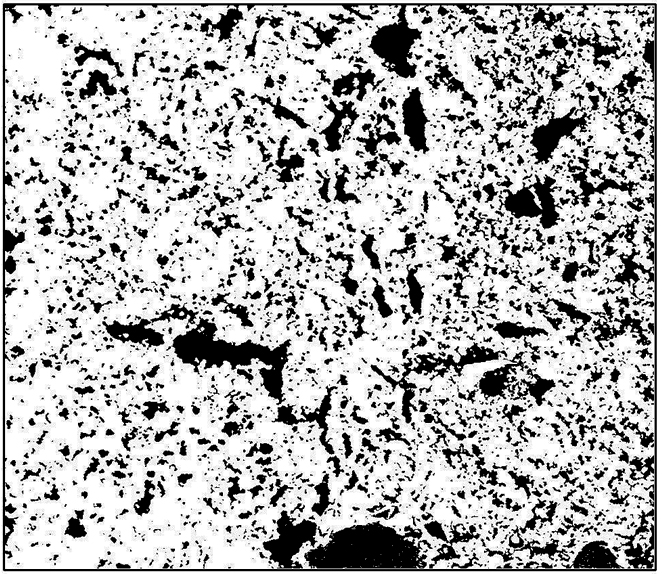Long-term fertilization with dairy cattle slurry in intensive production systems: effects on soil porosity and pore morphology
Palabras clave:
doble cultivo, fertilizantes orgánicos, forma de poros edáficos, micromorfología de porosResumen
In Mediterranean environments, livestock effluents might improve soil physical properties. The study was located in an intensive crop production system of northwest Spain. After nine consecutive years of dairy cattle slurry (DCS) use as fertilizer, the aim of the experiment was to evaluate the impacts of DCS on soil porosity and pore shape. Soil texture was loam. The applied DCS rates were equivalent to 170 and 250 kg N ha−1 (170DCS and 250DCS, respectively) and they were complemented with mineral N up to 450 kg N ha-1 (two crops). A nonfertilized control was included. Digital binary images were obtained from soil thin sections. Pores with an apparent diameter (AD) >30 µm were analysed. The 250DCS treatment improved soil porosity (>30 µm): it doubled in comparison with the 170DCS and the control. The application of DCS favored the presence of pores with an AD >400 µm, the roughness for AD >100 µm and the elongation in the AD interval of 100-200 µm. From the study, the 250DCS treatment is recommended as it increases macroporosity (compaction reduction) and produces more elongated and tortuous pores, which will be a constraint for fast drainage but it will be advantageous in coarse textured soils.
Descargas

Descargas
Publicado
Cómo citar
Número
Sección
Licencia
Aquellos autores/as que tengan publicaciones con esta revista, aceptan las Políticas Editoriales.










.jpg)




